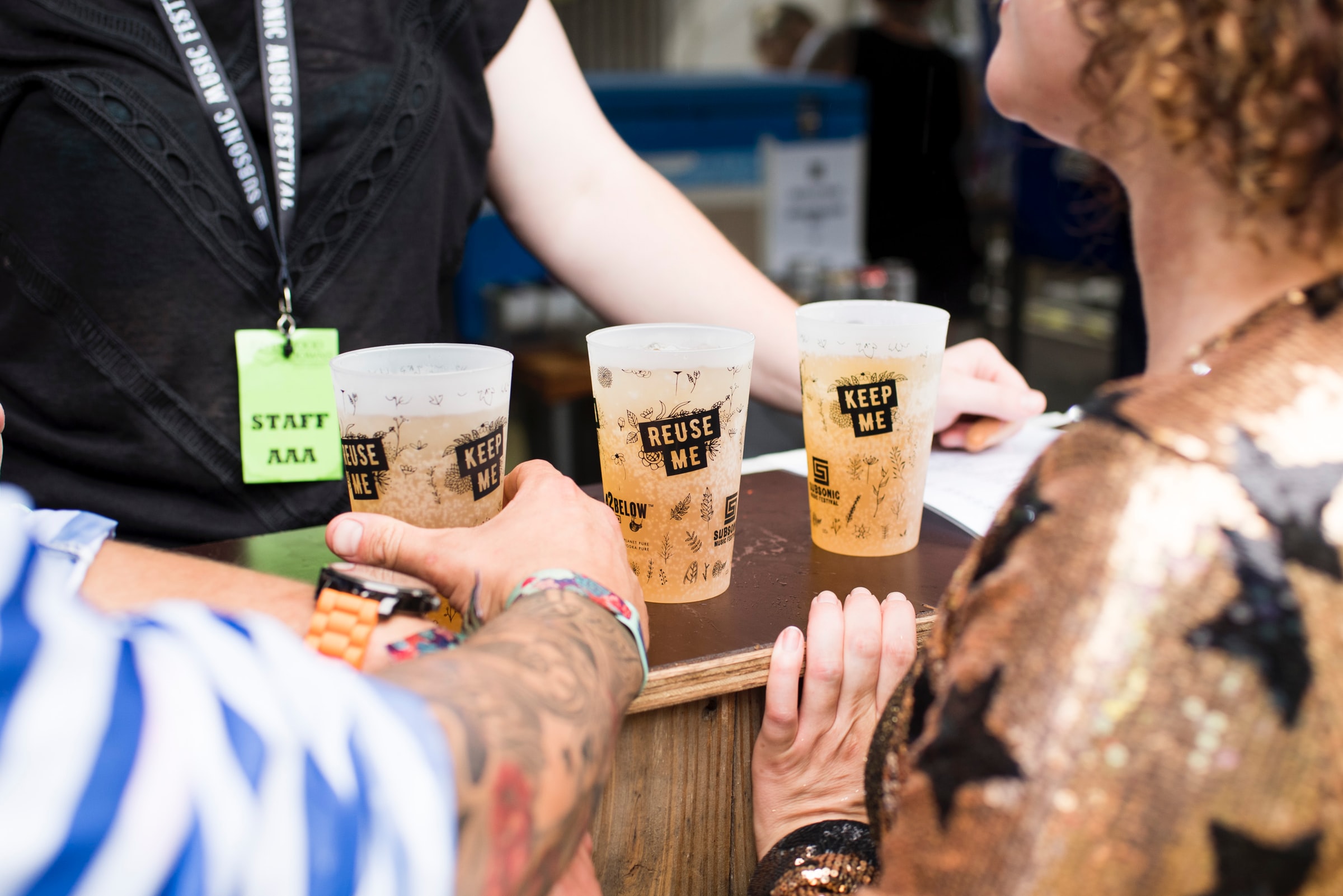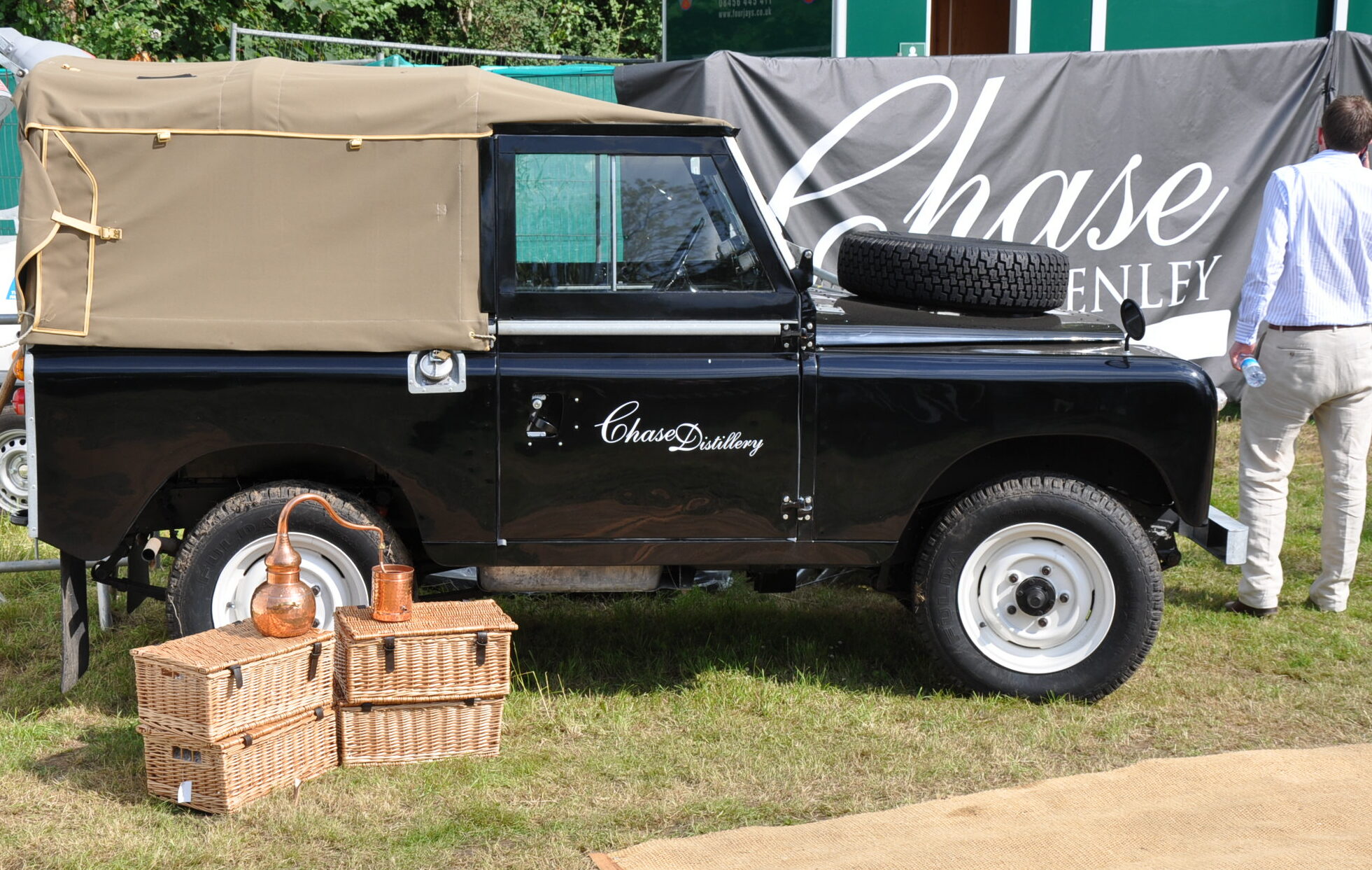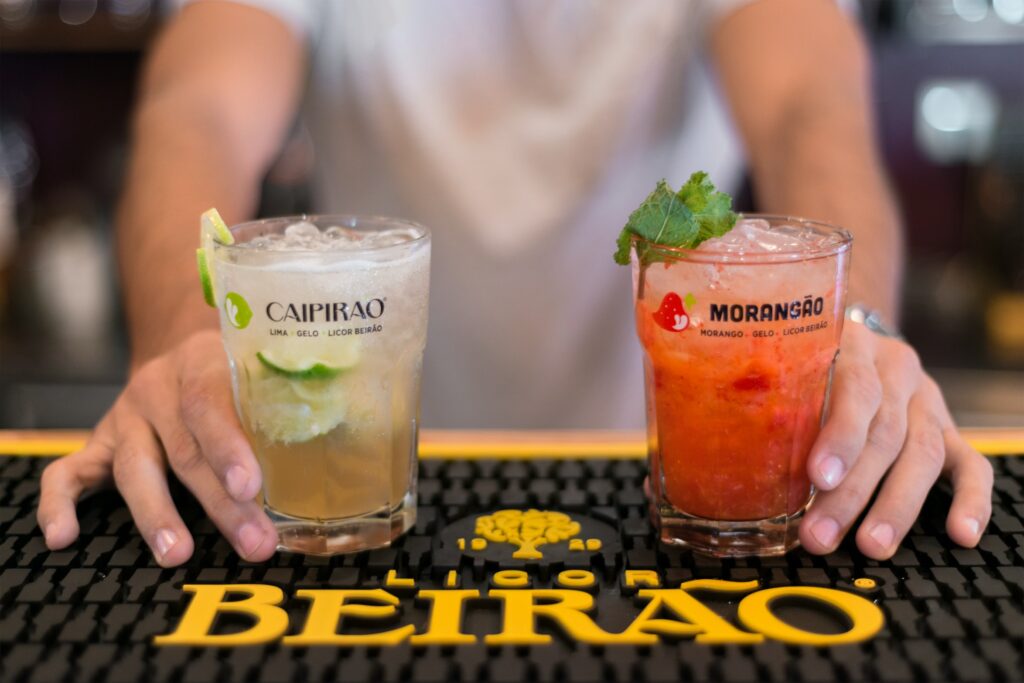Are Festivals Worthwhile For Drinks Brands?
The festival market in the UK is huge and it is only growing year on year. After the pandemic, demand for live events and festivals are at an all-time high.
There are potential customers who haven’t experienced a night out before, and the same will be true for people that have not yet had their first festival experience (it was 13-14 months without festivals in the UK). You also have the regular festival goers who have been anxiously waiting for an opportunity to get back into a field!
It’s not just the new customer demand for festivals that are attracting new sponsorship brands, festivals, in general, have always been a lucrative – if not untapped – market.
Therefore, in this article, we’ll cover whether festivals are worthwhile for drinks brands and weigh up the pros and cons of getting your brand established within the festival scene.
Why Are Festivals Worthwhile For Drinks Brands?

Each and every drinks brand will have a different direction that they want to take the brand. Aims will be very specific, but when it comes to showing up at a festival site, there are four key benefits that should entice drinks brands to a festival.
Sales Volume & Revenue
One key reason why festivals are worthwhile for drinks brands is the sales volume and revenue that they generate for the business/brand. The key driver for most drinks brands is sales volume, regardless of where these sales come from.
Drinks brands distribute their product in two ways, on-trade and off-trade. For a good breakdown of customers in the on-trade, it’s revealing to look at the different categories and number of customers:
Bars and Pubs – 100 – 1,000 customers per trading day.
Night Clubs – 850 – 2,000 customers per trading day
Live Music Events – 1,000 – 10,000 customers per trading day
Concert Arenas – 10,000 – 25,000 customers per trading day
Festival – 5,000 – 210,000 customers over multiple trading days
As you can see, festivals offer a large volume of customers that other types of events/venues simply can’t match.
People also come to festivals ready to drink! The average bar spend per head in the UK is £15 – £50, depending on your audience, geographical location, and type of event.
If your brand is listed at one of the larger UK festivals, the volume of stock that you’ll sell will be by the lorry, not a few cases or pallets that you might get at weekly venues or events!
Category Exclusivity
Tied in with sales volume is category exclusivity. Getting your drinks brand listed at a festival is going to create a great sales opportunity. Most festivals do not allow drinks to be brought into the festival site so if your brand is on the menu, you’ll have a good opportunity for sales as this is half the battle.
To take this a step further though, there is usually an opportunity to negotiate for category exclusivity. There will of course be an increased fee for this but the upside is that your brand will have exposure to the entire audience – free from the competition!
There will be competition between categories of course but to use a trending category, take the hard seltzer market. If a customer wants a hard seltzer and you are the only hard seltzer brand/option at the bars, you’ve eliminated competition and will see the benefit in sales volume and ultimately revenue.
Visibility With a New Audience and Demographic

The drinks category is growing in the UK. We’re seeing an annual introduction of new product ranges, many of which we’ve covered recently. Just some of these new categories include:
- Hard Seltzer
- CBD Drinks
- Canned Wine
- Canned Cocktails
- Adaptogenic Beers
- Hard Teas
- Craft Spirits
The list is seemingly endless and there are few opportunities besides social and traditional media that allow these brands to get in front of an established or new customer base.
A large number of potential customers at a festival means that brands have a very unique opportunity to increase product visibility and get in front of a new or already established audience.
The more touchpoints you can use to connect with customers at these events, the more likely they are to become loyal customers after the festival.
Experiential Opportunity

Connecting with customers has never been more crucial from a branding perspective. It’s no longer enough to just be in front of your audience.
Brands now need to have a message and customers want to align themselves with brands they believe in.
For those working in festival sponsorship or brands exploring festival activations, you’ll know that we are now in the experiential age. Having a logo on a menu is no longer enough to catch the audience’s attention or build up any meaningful touchpoints (though having brand Point of Sale and visibility is of course important).
A brand activation these days needs to stand out and offer customers an experience and a festival site offers an amazing opportunity to do this.
Major cities in the UK will have experiential activations pop up in shopping centres and on the high street but when people are busy shopping or going to work, there’s never the right time to stop.
At a festival though, customers are ready for an experience and if you can create an activation for the audience to engage with, you can be sure they’ll remember your brand next time they are browsing the drinks section in a supermarket.
When are Festivals Not Worthwhile For Drinks Brands?
While there are a number of Pros that come with drinks brands sponsoring or being present at a festival, it’s not all beneficial news. While it can be worthwhile for many brands, there are brands where a festival is just not justified.
Cost
The number one factor that could be viewed negatively for a brand is the cost that comes with festival sponsorship. There are quite a few factors that brands may not have considered when it comes to getting visibility at a festival, especially for the more established and high capacity festivals.
Some of these costs include:
Negotiating distribution and listing price with suppliers
Structural and labour costs to build and transport an activation
Staffing costs for sampling
Different categories of sponsorship carrying different fees (a headline sponsor for Glastonbury will be out of the price range for many smaller brands)
Free of charge stock for artist riders, competition winners, staff (most of these are optional)
Point Of Sale (POS). Cups, bar blades, bar runners, ice/champagne buckets, barrier covers or wraps, projections etc.. just to manufacture cups alone could set a brand back tens of thousands of pounds outside of the agreed sponsorship or listing fee
For many drinks brands, having a festival specific budget is quite a large annual cost and some smaller or newer brands might not be able to afford the cost to get in front of the 50,000+ cap shows.
That’s not to say drinks brands can’t still find a cost-benefit from targeting niche-specific festivals or smaller targeted festivals to still reap some of the benefits listed earlier.
One thing worth mentioning though is that when you try to target a specific festival or market, you need to make sure you get it right…
Festival is the Wrong Demographic

There’s nothing worse than investing in sponsorship or a product listing, only to find that the target audience doesn’t resonate with your brand. Market research is always vital, but with new festivals (and new drink products) entering the market all the time, it’s difficult to truly predict how successful your brand will be.
Download Festival is a popular rock festival where the audience primarily drink pints (lager and cider) and spirits.
Contrast this with Wilderness Festival in London where the offering is more premium with cocktails, wine, prosecco, and spirits being key product lines and it’s easy to see that choosing the wrong festival could be a huge disappointment in terms of sales and brand engagement.
Festival organisers will already be able to inform drinks brands of their audience profile and previous sales trends. This is definitely useful for established festivals with a lot of data but for newer festivals of those with a less experienced bar operator, it’s very easy to get it wrong and miss current or changing trends.
No Guarantee of Success
This ties in with the above but there is no guarantee of a drinks brand being successful at a festival (which maybe helps to answer the question of this article).
There are many factors involved with festival sponsorship or listing and while there are definitely a lot of lucrative and beneficial positives, you can’t ignore the fact that this may not be true for all brands.
Something not mentioned so far is that there is always a backwards and forwards between drinks brands and festival organisers.
Brands want the most visibility, presence, and attention to their brand, but the festival will also have its own agenda and won’t necessarily be interested in “selling out” just to cash a bigger sponsorship cheque.
Therefore, expectations need to be managed at a festival. If you have an amazing outdoor activation planned but it rains all weekend and no one visits, then that is a risk you need to consider and also mitigate against, alongside countless other factors.
Final Thoughts
There is no right or wrong answer when it comes to drinks brands having a presence at festivals. Every brand will have specific aims and a direction they want to take but the opportunity to get in front of 5,000 – 200,000 potential customers, it’s definitely a worthwhile consideration!
For festival inspired drinks, check out the Jaisalmer gin influencer kit.
Share
Get In Touch With Our Team
Speak To One Of Our Team Today Get in touch
